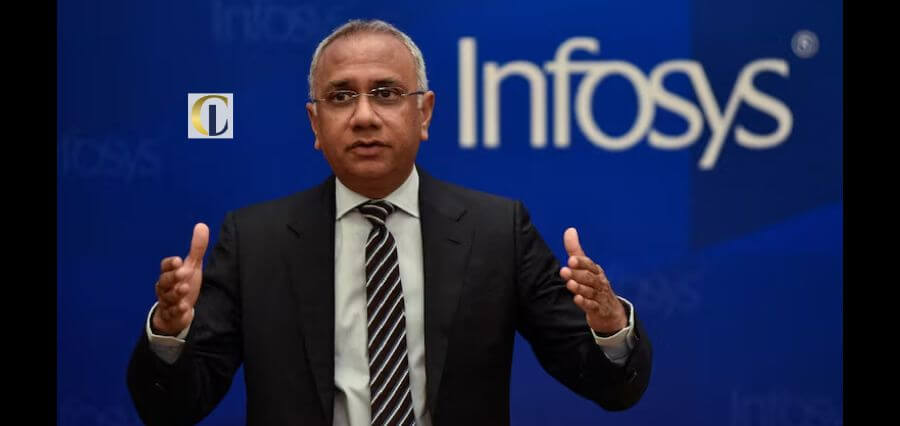– by Ashutosh Sharma, Founder, datapotential.com
COVID -19 came unannounced and changed the way companies work forever. On the surface, this transition went reasonably well, and most companies are up and running in the new environment pretty quickly. While the operations are almost back to earlier level, they are now structured very differently from how they were. The successful integration of remote working concept needs to be broader and deeper to make it successful in the long term. Businesses have changed forever and while remote working may reduce when the impact of the pandemic reduces, most organisations are coming to realise that it may find its place in the long-term structure of the way they work. The world has changed, and the way offices used to work has probably changed forever – a Gartner report recently indica ted that 72% CFO’s intend to maintain partial remote work permanently.
Even amidst a global crisis, we are learning quickly that remote working at scale provides a number of benefits to both employers and employees. In the case of employers, it helps save fixed costs on office space and reduces overheads. Employees are often more productive and potentially reduced absence levels. Employees are reporting greater work life balance and reduced commute time, which is translating into higher job satisfaction. Earlier, Employees used to seek permission to work from home, in the current scenario, sometimes they need to take approval to work from office – a paradigm shift has happened. The mindset before the pandemic to que stion why work remotely, has now become why do we need to work from office. It is the “New normal”.
Preference for remote working employees
With the pandemic continuing and a number of countries announcing fresh lockdowns, a large number of organizations are under pressure to work in a compliant manner. Those that are not in essential services often do not get passes to get their employees to come to office. Even if they can get employees to office, they need to maintain lower occupancy to allow for social distancing guidelines with reduced office capacity. With these restrictions, sometimes, the only way the companies can backfill or add employees is to recruit employees that can join, be trained, and can work remotely. Adding remote workers also protects the company against travel restrictions, further lockdown impacts and improves reliability of delivery. This also helps protect the employees from potential infections in office. With working from office, there is a greater risk of a large number of employees getting infected compared to their working from home.
How corporate leadership roles will change post-COVID pandemic
The leadership roles have and will significantly change whether they are people management roles or not. Most leaders have crossed the first hurdle of moving their teams remote: ensuring employees have set up their tech tools, defined their processes, and setup their video conference accounts.
The next important question we must ask is: How do you motivate people who work from home? With people management leadership roles, there is a much bigger shift as it is a lot more difficult to build healthy employee relationships, teamwork, and motivation in a remote working environment where employees may not be able to see each other. Organisations will need to evolve new methods to keep the employees engages and satisfied with their jobs. Initial studies suggest that total motivation in remote working is significantly lower than working from office. Working remotely reduces the opportunities for employees to learn naturally by watching their leaders as interactions get restricted and they don’t get to observe their leaders in natural environment. The leaders therefore need to create a more effective strategy to develop their employees in a more formalised manner. They also need to figure out how to induce innovation when people are not interacting with each other as much as they did in office. The corporate leadership roles have changed and those who are able to build successful teams in the remote working environment will enable their organizations to do better.
The marketing roles are also undergoing a significant transformation. A lot of marketing effort is shifting to online channels at a faster pace than it would have without the pandemic. Large conferences have come to a complete stop across the world and many companies are now shifting to webinars and online conferences to engage potential customers.
Changes in business processes
Apart from the changes impacting employees, remote working introduces a different set of challenges for business process.
The first and obvious change is that more processes need to be digitized. Paper based processes can obviously not work in a remote working environment. Companies that were delaying digitization of their processes have been forced to do it faster to keep running them. Online and digital interactions with customers is another area. Bricks and mortar businesses are finding it difficult while online businesses are seeing an uptake in their business. This is driven not just by the organization’s internal processes, but also customer behaviour which has shifted. Customers who used to enjoy the physical experience of shopping, in many cases, have been forced to use online methods with the restrictions in place.
The second and critical challenge for organizations is to ensure data security. Most organizations had built data and security controls with the office environment in mind. With shift to remote working, some of those controls become less effective and sometimes not implementable. To take an example, many financial services companies put in place restrictions for people to carry camera phones in the work area, restricted printing privileges, paperless process in work areas, etc. With people working from home, it is almost impossible to stop someone from noting down customer details on a piece of paper. This creates a significant amount of challenges in ensuring customer data security. Organisations are realising this and are coming up with new controls to manage information better in the remote working environment, but it will take some time for this to mature.
In summary, the pandemic has changed the corporate culture permanently. As with any change, one can look at the positive side or the negative side, but there seem to be more new opportunities than challenges with this change. This is the reason many organizations plan to continue with remote working in the post-COVID world. It gives more flexibility to organizations and employees. Hopefully the pandemic will end soon, and we will all see a better, healthier work environment on the other side.
About the author
Ashutosh is the founder of datapotential.com (an advanced statistical online survey platform) and Aselector.com (an Artificial Intelligence based knowledge management platform). He has over 20 years’ experience with multinational companies in leadership roles in quality, data analytics, transformation, and program management. He is a speaker and thought leader on AI and statistical methods.








